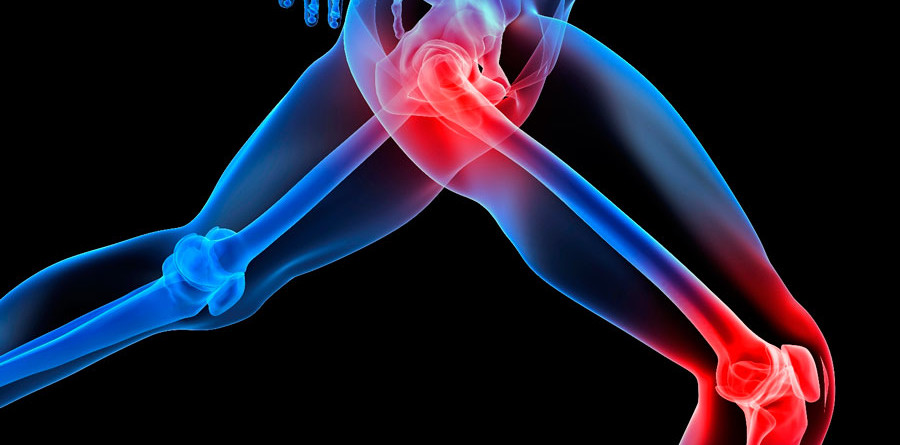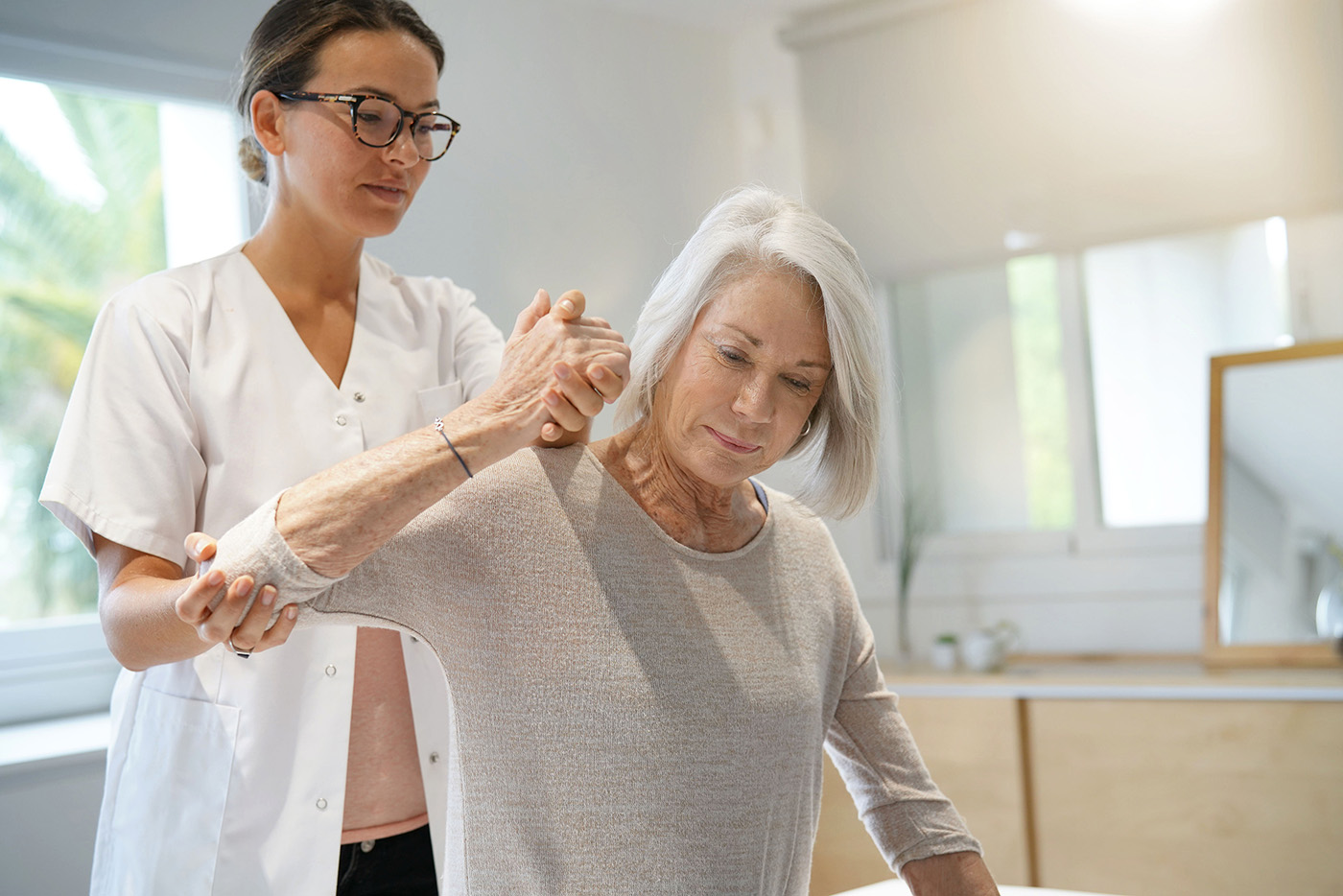There is a term kicked around in the physical therapy world that many on the outside still haven’t heard of: Prehab. Prehab refers to the pre-operative rehabilitation of an injured area which will be undergoing surgery in the near future. I was speaking with a family member just yesterday about their upcoming total hip replacement and this was the first thing out of my mouth. What were they going to do ahead of time to ensure the best and fastest post-operative results.

“But why in the world would I go through PT before I have my hip done?!?!” Ahhhhh, I’m glad you asked!! The research done over the past decade alone has shown, without doubt, that preoperative rehabilitation leads to better and maximally optimized results postoperatively. “My hip is already so painful. I don’t want to make it worse.” I love my family, but here’s the truth…leaving an aching, throbbing, stiff, and weak area to rest and avoid movement will only lead to progressively greater weakness, stiffness, and yes….PAIN!!
Ever hear the phrase “movement is the best medicine”? That’s because it is. Stiffness and tightness of an already irritated joint is only going to compress it further. For the sake of argument, lets keep this on the topic of a degenerative hip. If you have 2 arthritic bones (the head of the femur/thigh bone and the acetabulum/hip socket), they rub against each other like 2 pieces of sand paper rubbing together. Now riddle me this: When was the last time increasing the pressure on 2 pieces of sandpaper that were rubbing against each other made movement easier? Hasn’t happened and won’t happen. So then why are we so willing to allow our joints to get tighter and stiffer? Your joints are made to move, arthritic or not. So let them move.

Now let’s turn the conversation to strength. Who needs strength to move? (Everyone’s hands should be raised here). I don’t care if you have a degenerative joint or not; strength within our muscles allows our body to move more naturally AND…..decompress the joint. Take those 2 pieces of sandpaper from earlier. Now, create enough strength to allow them a hairline of separation. You might catch the sandpaper like joint together occasionally as you move, but I can guarantee you that it will catch, grind, and create inflammation less consistently. That support with allow for decreased pain because it will support the movement.
We should also not negate the impact that an inflamed joint can have on the surrounding muscles. The musculature around a degenerative joint often times will feel full of trigger points or knots. These pieces of muscle which are bound and tightened without the ability to contract and subsequently relax are unable to assist in the support of the affected area. They also can create tremendous pain both locally around the area, but also refer pain which can be misconstrued as nerve pain.

Let us not assume that Prehab is only good for degenerative joints. Look at the overabundance of rotator cuff tears. A high level partial tear and certain complete tears/ruptures of the muscle or tendon are commonly repaired. Someone with a full tear of the rotator cuff will often hold the arm at the side from both pain but also from an inability to activate the muscles needed to create movement. Taking that shoulder and maximizing the movement both actively and passively reduces post-operative tightness and leads to a significantly reduced chance of frozen shoulder (adhesive capsulitis) after surgery.
I had a great opportunity to the put the theory of Prehab to the test. A patient of mine had a rotator cuff repair. He saw me for 4 months to get full motion and strength back. A full year after completing his rehab for the right shoulder, he contacted me because he had fallen and injured his left shoulder. Sure enough he tore the exact same tendon on the other side. We immediately began range of motion and strengthening of the shoulder while I referred him back to his orthopedic surgeon for MRI to confirm my diagnosis and that he would need surgery.

Upon returning for his post-op therapy, we measured dramatically less initial stiffness, better muscle strength and stability, and substantially less pain and discomfort throughout his rehab. Within 2 months this patient was discharged from my care with full motion and strength and was progressed back to the gym and independent exercise. Following up a full year after his surgery and you wouldn’t know he had ever had a shoulder operation. Same surgeon, same rehab protocol, same Physical Therapist. So whats the difference? Prehab made the difference. See the difference prehab can make in your surgical outcomes.
EXERCISE OF THE WEEK
Lunges. What are they good for? Absolutely everything!
The lunge is a movement that targets multiple muscle groups including the quadriceps, glutes, hamstrings, and gastroc-soleus complex. Also, by adding a rotational component, this involves the obliques and core to stabilize the lower body while the upper body rotates.
This exercise requires a combination of both stability and mobility. The lunge works on increasing range of motion at the ankle, knee, and hip joints. The individual improves stability by utilizing the muscle groups above to keep you upright and balanced.
This exercise is a staple of many lower extremity rehab programs and is programmed for balance and core deficits. This movement can also be applicable in a training environment for building strength and power.
Before attempting this exercise, please make sure to be evaluated by a licensed physical therapist to confirm that this movement is both safe and beneficial for you!
To set up your Prehab consultation before your surgery or if you have any comments questions or concerns, reach out to our team at (203) 389-4593.


